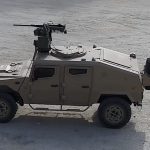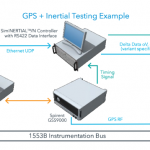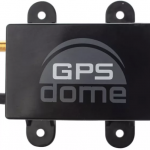DHS Successfully Tests GPS-Free PNT Network; Also, the Unreal Engine Plug-In for Gaming & Apps
NextNav announced that it has successfully demonstrated the timing precision and resilience of its terrestrial position, navigation, and timing (PNT) system, TerraPoiNT, in a recent evaluation by the Science & Technology Directorate (S&T) of the Department of Homeland Security (DHS).
By Inside GNSS













